Who doesn’t love dragons? These magical creatures have amazed people for years. Now, with 3D printing, you can make them at home. From scary flying dragons to cute baby ones, 3D printed dragons are loved by hobbyists. Their cool designs and endless options make them great for creative projects.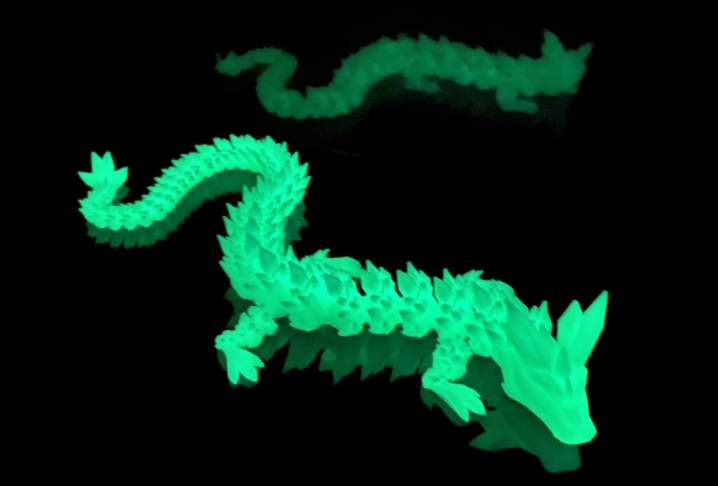
To pick the best models, we looked at design quality, how easy they are to print, and what fans like most. Whether you want a dragon head, a detailed skeleton, or a fun moving model, there’s something for everyone here.
Key Takeaways
- Try articulated dragon models for a fun printing project. These have moving parts and are simple to put together.
- Pick Chinese dragon designs for their rich history and cool looks. Check models with good reviews for great results.
- New hobbyists can begin with baby dragon models. They are easy to print and fun to decorate.
- Flying dragons are exciting with their detailed wings. Use strong materials like PLA or PETG for better prints.
- Look at steampunk dragons for something different. Their machine-like designs are great for painting and personalizing.
The Best 3D Printed Dragons for Hobbyists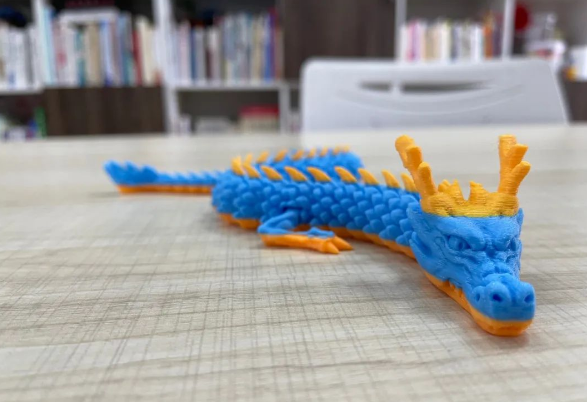
Articulated Dragon Models
Want a dragon that moves like it's alive? Articulated dragon models are perfect for you. These designs have movable joints, making them look realistic. Hobbyists love them because they’re fun and interactive. The best part is they’re simple to print and put together. You won’t need extra supports or tricky setups.
Why are articulated dragon models so cool?
- Flexible Materials: Filaments like TPU make joints stronger and less likely to break.
- Smart Design Features: Joints like ball-and-socket or hinges allow smooth movement.
- Printing Ease: Slicing software helps set up prints to protect moving parts.
These dragons are fun to print and even more fun to play with. Beginners and experienced makers both enjoy them. You can find free STL files online to start printing right away.
Tip: Choose models with well-made tolerances. This helps joints move easily while staying sturdy.
Chinese Dragon Designs
Chinese dragons symbolize power, strength, and good luck. Their long bodies and detailed designs make them popular for 3D printing. Features like scales, whiskers, and bold poses make them amazing display pieces.
Pick a Chinese dragon STL file that’s detailed but easy to print. Some designs look hard but print well with the right settings. Here’s what to check:
- Material Choice: PLA works great for detailed designs and is easy to use.
- Community Favorites: Models with lots of likes/downloads are usually high-quality and popular.
- Presentation Matters: Clear instructions make printing smoother and less stressful.
Chinese dragons are great for gifts or decorations. Their cultural meaning and artistic beauty make them special in any collection.
Fun Fact: Chinese dragons are linked to water and weather. Printing one might bring good luck to your workspace!
Baby Dragons for Beginners
New to 3D printing? Baby dragons are a great place to start. These cute designs are simple and charming, perfect for beginners. They print quickly, so you don’t have to wait long to see your creation.
Why are baby dragons beginner-friendly?
|
Attribute |
Description |
|---|---|
|
Simple Designs |
Easy shapes make printing less complicated. |
|
Easy-to-handle Materials |
PLA is simple to use and eco-friendly. |
|
Clear Instructions |
Many models include helpful guides and community tips. |
Baby dragons are not just easy to print—they’re also fun to customize. Paint them, use them as decorations, or give them as gifts. Their small size and simple designs make them popular with hobbyists of all levels.
Pro Tip: Pick a dragon model with lots of likes/downloads. These are usually easy to print and well-loved by the community.
Flying Dragons with Detailed Wings
Flying dragons are thrilling models to print. Their amazing wings and action-packed poses make them great for displays. If you want a fun challenge, these dragons are a perfect pick.
Wing designs can be truly stunning. Here are two popular ones:
|
Wing Design |
Description |
|---|---|
|
Articulated Flying Dragon |
A model with movable wings for lifelike motion and fun. |
|
Real-Life Flying Ender Dragon |
A 3D printed dragon with a 1m wingspan that flies using RC or voice commands. |
The articulated flying dragon is loved by many. Its moving wings make it look alive and exciting. The Real-Life Flying Ender Dragon is an engineering wonder. With a 1-meter wingspan, it’s not just a model—it’s a flying drone!
Tip: Use PLA or PETG for these dragons. These materials are strong and flexible for detailed wings and joints.
Printing flying dragons takes time and care. Adjust your settings for fine details, especially on the wings. Once done, these dragons will be stunning in any collection.
Fantasy Dragon Busts
Short on time but want a detailed dragon? Fantasy dragon busts are a great option. These models focus on the dragon’s head and upper body, showing off scales, horns, and fierce looks.
Dragon busts are perfect for display. They’re small but very detailed. Here’s why they’re awesome:
- Quick Printing: Smaller size means faster printing.
- High Detail: Focused on the head and neck for amazing detail.
- Easy to Paint: Small size makes painting and customizing simple.
You’ll find many dragon bust STL files, from realistic to fantasy styles. Whether new or experienced, these models are fun to print and show off.
Pro Tip: Use a fine nozzle (0.2mm or smaller) for busts. This captures tiny details like scales and textures.
Fantasy dragon busts are perfect for dragon fans who want a quick project. They’re great for displays, conversations, or gifts for other dragon lovers.
Unique and Creative Dragon Models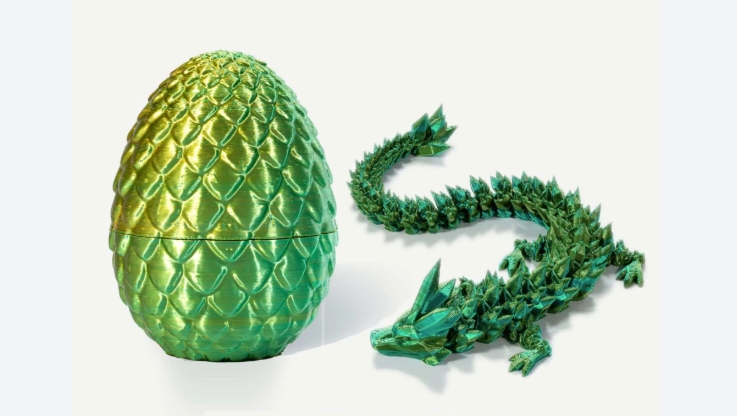
Dragon Egg with Hatchling
Think about opening a dragon egg to find a tiny baby dragon inside. Sounds amazing, doesn’t it? Dragon egg models with hatchlings are some of the coolest 3D dragon prints you can create. These designs mix the mystery of a dragon egg with the charm of a baby dragon. They’re great for collectors or as special gifts.
Here’s why these models are awesome:
- Interactive Design: Some dragon egg models have shells you can remove to see the hatchling.
- Beginner-Friendly: Most are easy to print and don’t need tricky supports.
- Customizable: Paint the egg and baby dragon in any colors you like.
When picking a dragon STL file, choose one with clear details on both the egg and the baby dragon. PLA is a great material for these prints because it’s simple to use and shows fine details well.
Tip: Add a shiny finish to the egg to make it look magical and real.
Fire-Breathing Dragons
What’s cooler than a dragon breathing fire? Fire-breathing dragon models bring these mythical creatures to life with bold poses and fiery effects. Many designs include flames you can print separately and attach to the dragon’s mouth. They’re a bit harder to make but totally worth it.
Here’s what makes these models special:
- Dynamic Poses: Fire-breathing dragons often look like they’re roaring or ready to attack.
- Flame Effects: Some designs have flame pieces that look realistic and can be printed in translucent materials.
- Display-Worthy: These dragons are perfect as eye-catching centerpieces for your collection.
Printing these models takes care, especially for the flames. Use PETG or translucent filament for the fire to make it look real. Adjust your printer settings to capture the dragon’s fine details, like scales and claws.
Pro Tip: Add small LED lights behind the flames for a dramatic glow. Your fire-breathing dragon will look amazing!
Miniature Tabletop Dragons
Do you play tabletop games like Dungeons & Dragons? Miniature dragons are perfect for your game board. These tiny models add excitement to your adventures. They’re also great for collectors who love small, detailed figures.
Why do people love miniature dragons?
- Compact Size: These small models print fast and use little filament.
- Highly Detailed: Even though they’re tiny, they have amazing details like wings and scales.
- Game-Ready: Perfect for tabletop RPGs, they make your games more fun.
When printing miniature dragons, use a fine nozzle (0.2mm or smaller) to capture all the tiny details. PLA is a good material because it’s easy to work with and holds details well. You can also paint them to match your game’s theme or your personal style.
Fun Fact: Some miniature dragons have movable parts, like wings or joints, making them even more fun to use.
Miniature dragons are a great way to combine your love for gaming and 3D printed dragons. They’re quick to make, fun to customize, and perfect for any tabletop adventure.
Dragon Skeleton Models
Have you ever thought about how a dragon’s skeleton looks? Dragon skeleton models show these mythical creatures in a detailed and exciting way. They’re great for people who enjoy intricate designs and want a fun challenge. These models highlight the dragon’s bones, from sharp claws to large skulls.
Why are dragon skeleton models so interesting?
- Realistic Details: Designers add small parts like ribs, spines, and wing bones.
- Educational Value: Learn about anatomy while enjoying your printing project.
- Display-Worthy: These skeletons make amazing centerpieces for any collection.
Printing dragon skeletons takes time and care. Many designs have thin bones or tiny joints that need gentle handling. Use PLA or PETG for stronger prints, and adjust settings for fine details.
Tip: Print the skeleton in smaller pieces. This helps avoid mistakes and makes assembly easier.
Some dragon skeleton STL files include movable joints. You can pose the dragon in different ways, making it more fun to display. After printing, paint the skeleton to give it an old, weathered look.
Dragon skeleton models are perfect for skilled hobbyists seeking a rewarding project. They’re challenging but worth it when you see the finished result.
Steampunk Dragons
Do you love dragons and steampunk? Why not mix them together? Steampunk dragon models are a cool twist on classic designs. These dragons have gears, pipes, and metal-like textures, giving them a mechanical and futuristic style. They’re perfect for anyone who likes creative and unique ideas.
What makes steampunk dragons special?
- Creative Designs: They combine fantasy with industrial features like gears and steam pipes.
- Customizable Features: Paint them with metallic colors for a steampunk vibe.
- Versatile Uses: Use them as decorations, cosplay props, or game pieces.
Printing steampunk dragons is a fun challenge. Many designs have detailed parts, like gears and joints, needing precise settings. Use PLA for easy printing or PETG for stronger results.
Pro Tip: Try metallic filament to give your dragon a shiny, steampunk look.
Some steampunk dragon STL files have moving parts, like spinning gears or adjustable wings. These features make them interactive and fun to display. If you love steampunk or want something different, these dragons will amaze you.
Steampunk dragons let you get creative and add a unique touch to your collection. They’re bold, imaginative, and perfect for fans of fantasy and technology.
How to 3D Print a Dragon Successfully
Best Materials for Dragon Models
Picking the right material is super important for your dragon. PLA is the easiest to use and shows details like scales well. If you need something stronger, try ABS. It’s tough and great for tricky designs like skeletons or moving joints.
For flexible parts, like wings that move, TPU is amazing. It’s stretchy and strong, perfect for dragons with lots of motion.
Tip: Always check the STL file for material advice. Some designs need specific filaments to work best.
Printer Settings for Great Results
Good printer settings make a big difference. First, calibrate your printer. Adjust the heat based on your filament—PLA works at 190–220°C, while ABS needs higher temperatures.
Set your layer height to 0.1–0.2mm for detailed dragons. This helps show tiny features like scales and wing patterns. Keep print speed around 50mm/s for smooth layers.
Use slicing software to add supports for tricky designs, like flying dragons with big wings. It also helps you resize your model without making it weak.
Pro Tip: Test your settings on a small piece first. This saves time and filament if something goes wrong.
Finishing Touches for Your Dragon
Finishing steps make your dragon look amazing. Start by sanding to smooth out rough spots. Then, use primer to create an even surface for painting.
Painting makes your dragon unique. Use metallic paints for steampunk styles or clear colors for fire effects. Glue can strengthen moving parts, keeping them sturdy and functional.
Tip: Add LED lights to the eyes or flames for a magical effect. It’ll make your dragon stand out!
Finishing takes extra time, but it’s worth it. Your dragon will look polished and ready to show off.
How Long Does It Take to Print a 3D Articulated Dragon?
Factors Affecting Printing Time
When you’re printing a 3D articulated dragon, the time it takes can vary a lot. Several factors come into play, and understanding them can help you plan your project better. Here’s a quick breakdown:
|
Factor |
Description |
|---|---|
|
3D Printing Technology |
The type of printer you use, like FDM or SLA, can change how fast your dragon is ready. |
|
Printing Material |
Materials like PLA and ABS handle speeds differently, which affects the overall time. |
|
Model Size and Complexity |
Larger dragons or those with intricate joints take longer to print. |
|
Nozzle Size |
Bigger nozzles print faster but may lose some detail. |
|
Layer Thickness |
Thin layers give better quality but increase the time needed. |
|
3D Printer Type |
Some printers are built for speed, which can cut down on printing time. |
|
3D Printing Settings |
Slicer settings, like infill density and speed, play a big role in how long your dragon takes. |
If you’re printing a dragon with movable joints, you’ll want to pay extra attention to the model’s complexity and your printer’s settings. Thinner layers and smaller nozzles might take longer, but they’ll make those joints work smoothly.
Tip: Start with a test print of a small section of your dragon. This helps you fine-tune your settings without wasting time or filament.
Examples of Printing Times for Popular Models
So, how long does it take to print a 3D articulated dragon? It depends on the model you choose. Here are some examples of popular dragon models and their estimated printing times:
|
Dragon Model |
Printing Time |
|---|---|
|
High-poly WoW Frost Wyrm |
|
|
Detailed Deathwing model |
over 120 hours |
|
Gorgeous Smaug |
over 500 hours |
|
Mountain Dragon solid version |
slightly over 39 hours |
|
Viserion |
under 50 hours |
As you can see, printing times can range from a day to several weeks, depending on the dragon’s size and detail. If you’re new to 3D printing, start with a simpler model like the Mountain Dragon. It’s quicker to print and still looks amazing.
Pro Tip: Use a larger nozzle for faster prints if you’re okay with sacrificing some detail. For highly detailed dragons like Smaug, stick to smaller nozzles and thinner layers for the best results.
By understanding these factors and examples, you can better plan your dragon printing project. Whether you’re aiming for a quick print or a detailed masterpiece, there’s a dragon model out there for you.
3D printed dragons are full of creative options. From moving models to steampunk styles, there’s a design for everyone. These dragons are not only fun to make but also great for gifts, games, or decorations.
Why not choose a model from this list and start printing? Watching your dragon take shape layer by layer is exciting and rewarding.
Show off your work! Share your printed dragons online to inspire others. You might even find cool new designs to try out.
Let your imagination run wild and print your favorite dragon today!
FAQ
How do I choose the best dragon model for my printer?
Start with simpler designs if you're new to 3D printing. Check the STL file for compatibility with your printer and filament. Look for models with high community ratings—they’re usually easier to print and well-designed.
Tip: Read user reviews to avoid surprises during printing.
What’s the easiest material to use for dragon models?
PLA is the easiest filament for beginners. It’s affordable, eco-friendly, and works well for detailed designs like scales and wings. If you need flexibility, try TPU for moving parts.
Note: Avoid ABS unless you have a ventilated workspace—it releases fumes during printing.
Can I print dragons without supports?
Yes, some models are designed to print without supports. Articulated dragons and baby dragons often don’t need them. Check the STL file description to confirm.
Pro Tip: Use slicing software to preview the model and identify areas needing supports.
How do I paint my dragon after printing?
Use acrylic paints for vibrant colors. Start with a primer to smooth the surface. Metallic paints work great for steampunk dragons, while translucent paints enhance fire effects.
Tip: Seal your paint job with a clear coat for durability.
What’s the best way to display my printed dragon?
Place your dragon on a sturdy base or shelf. LED lights can highlight details like wings or flames. For tabletop dragons, use them in games for added fun.
Fun Idea: Create a themed display with other fantasy models for a magical touch.

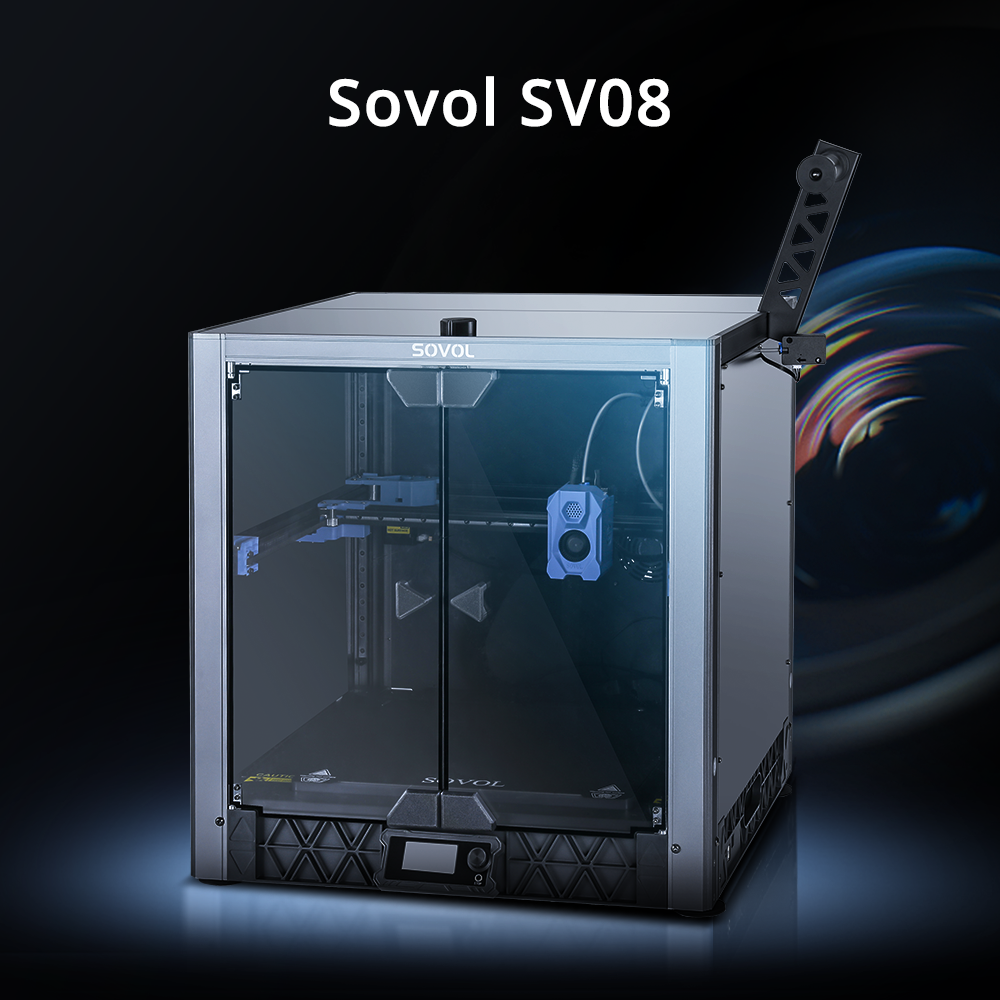
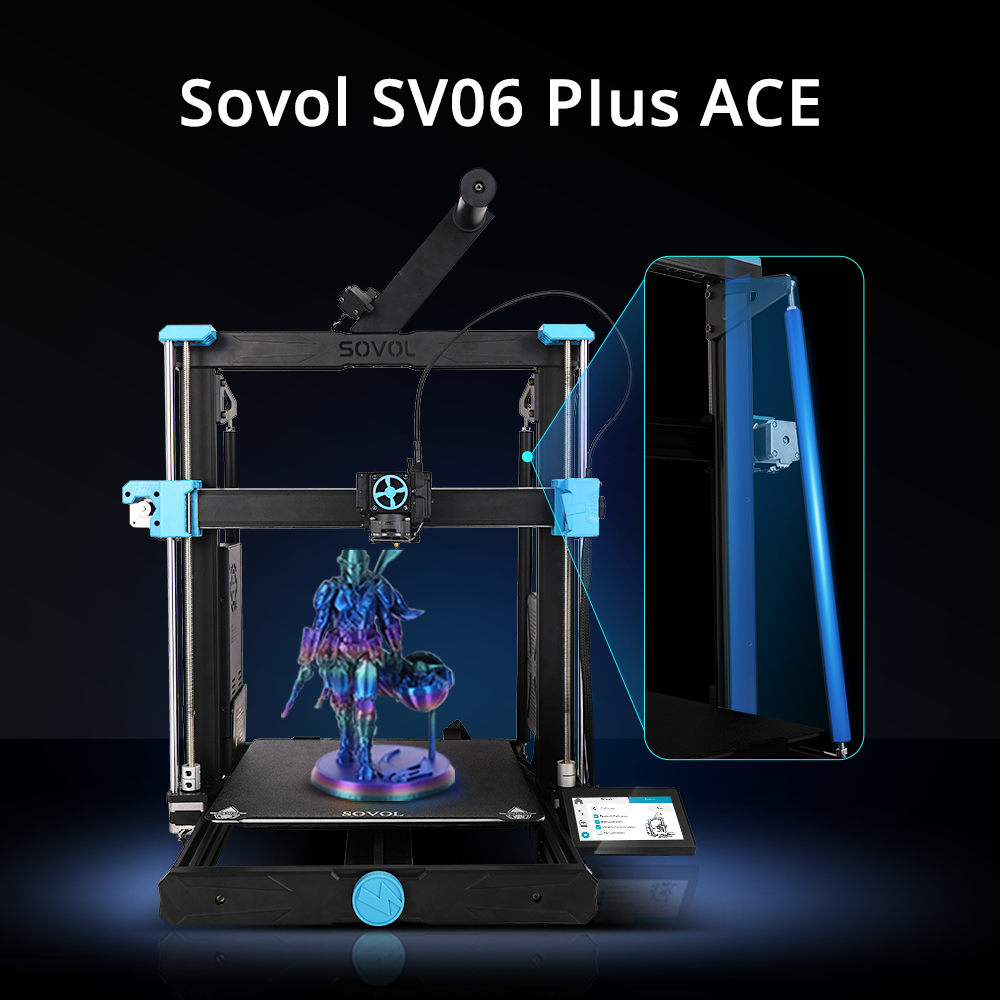
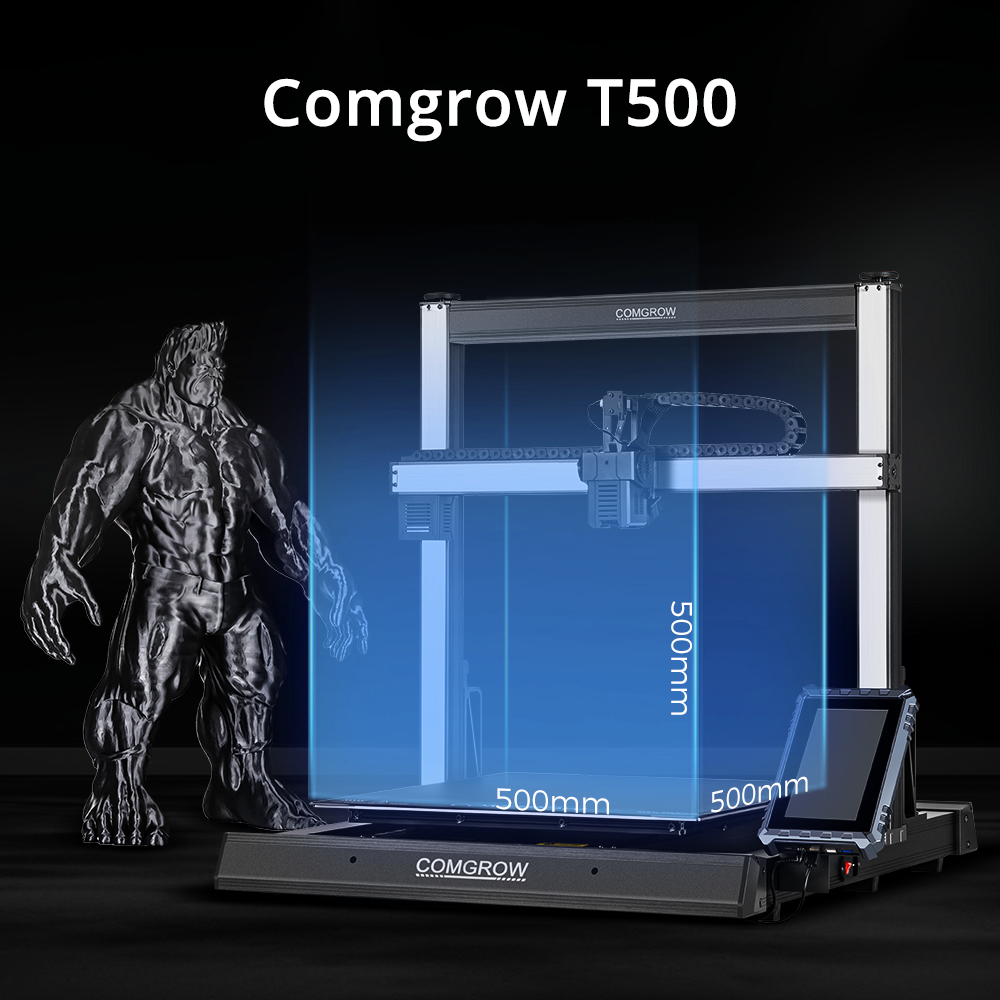


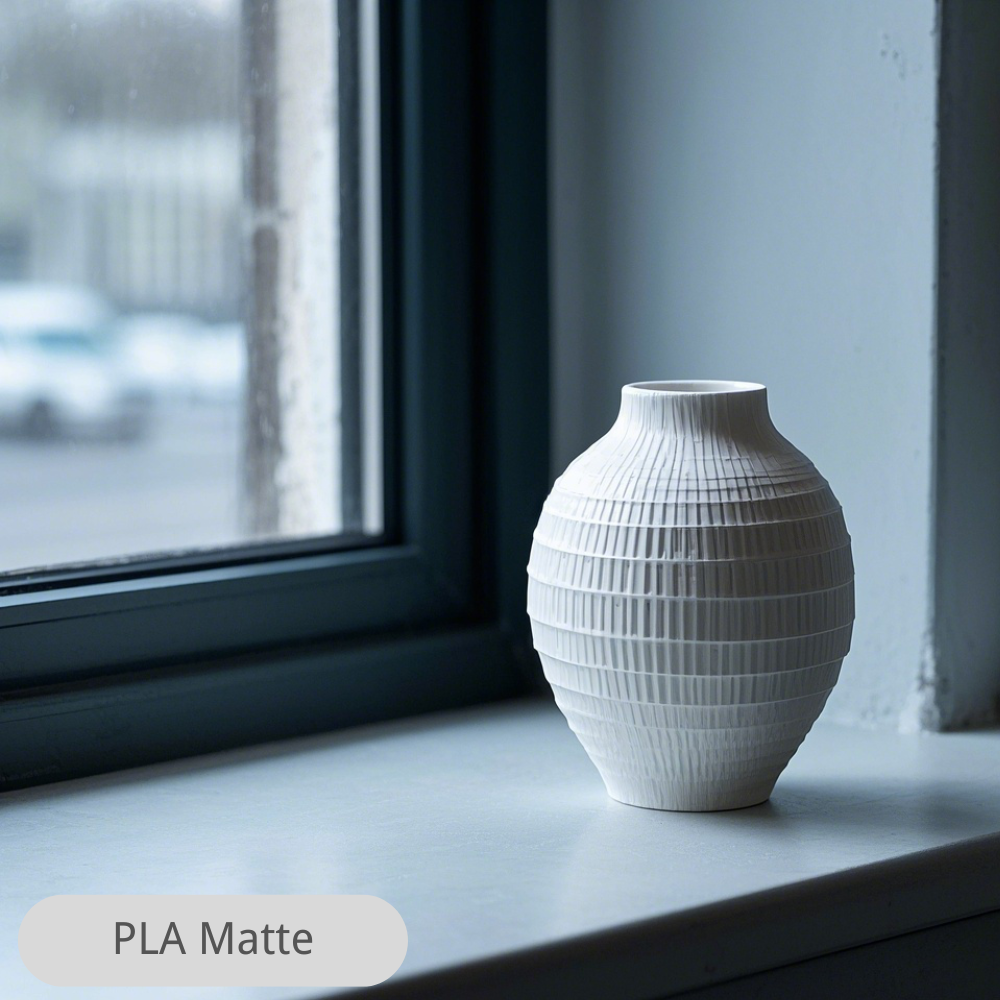
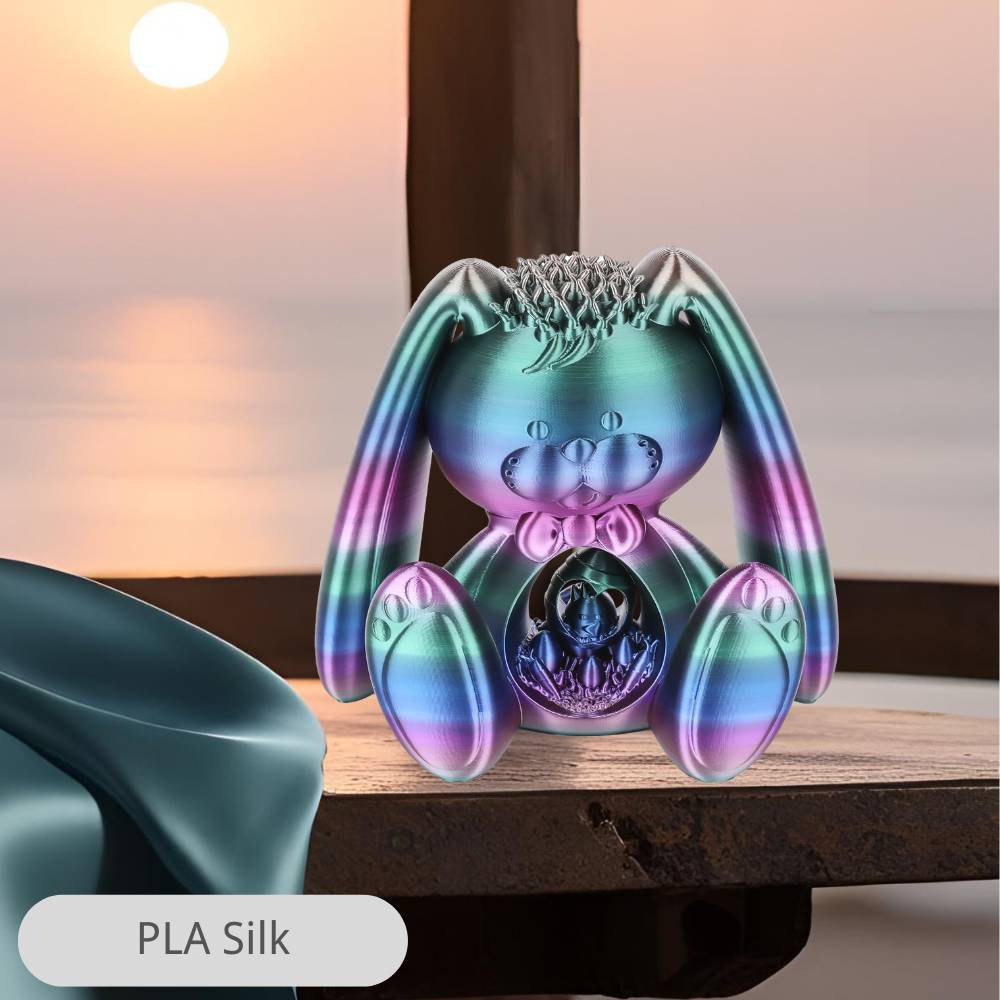
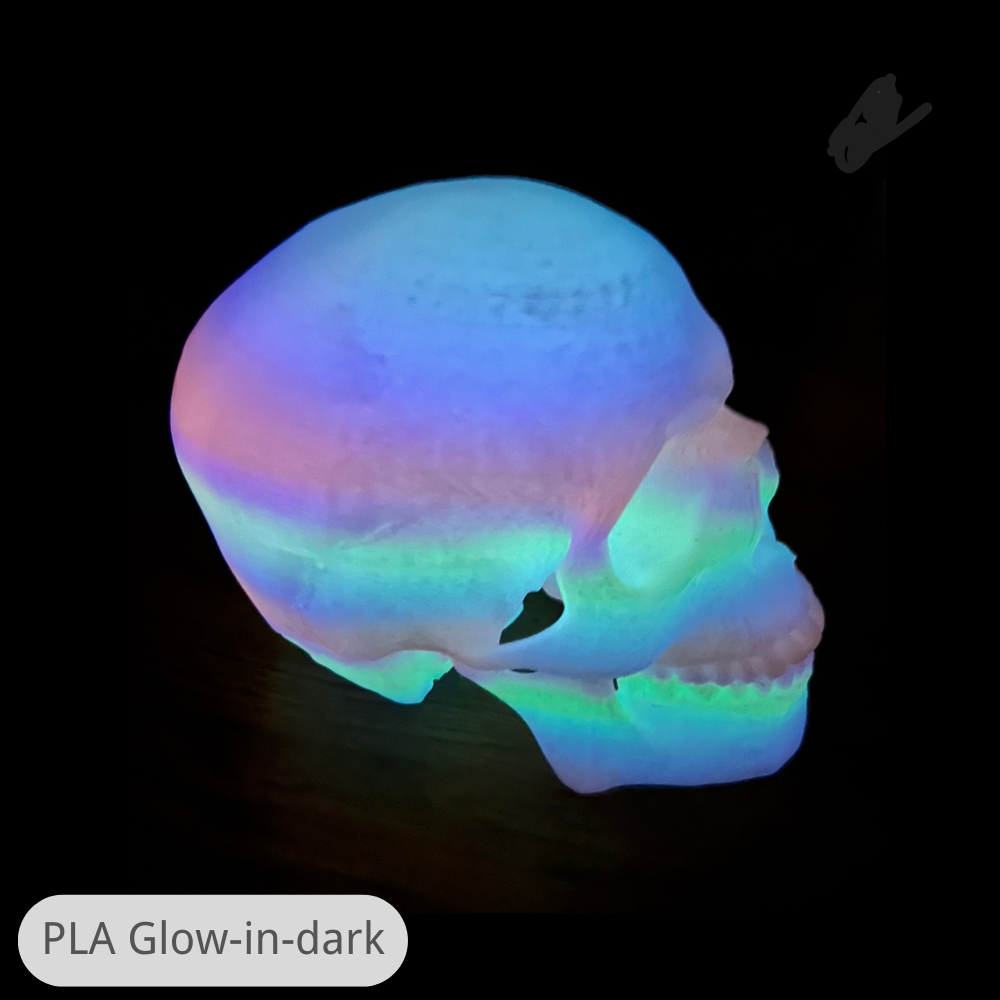
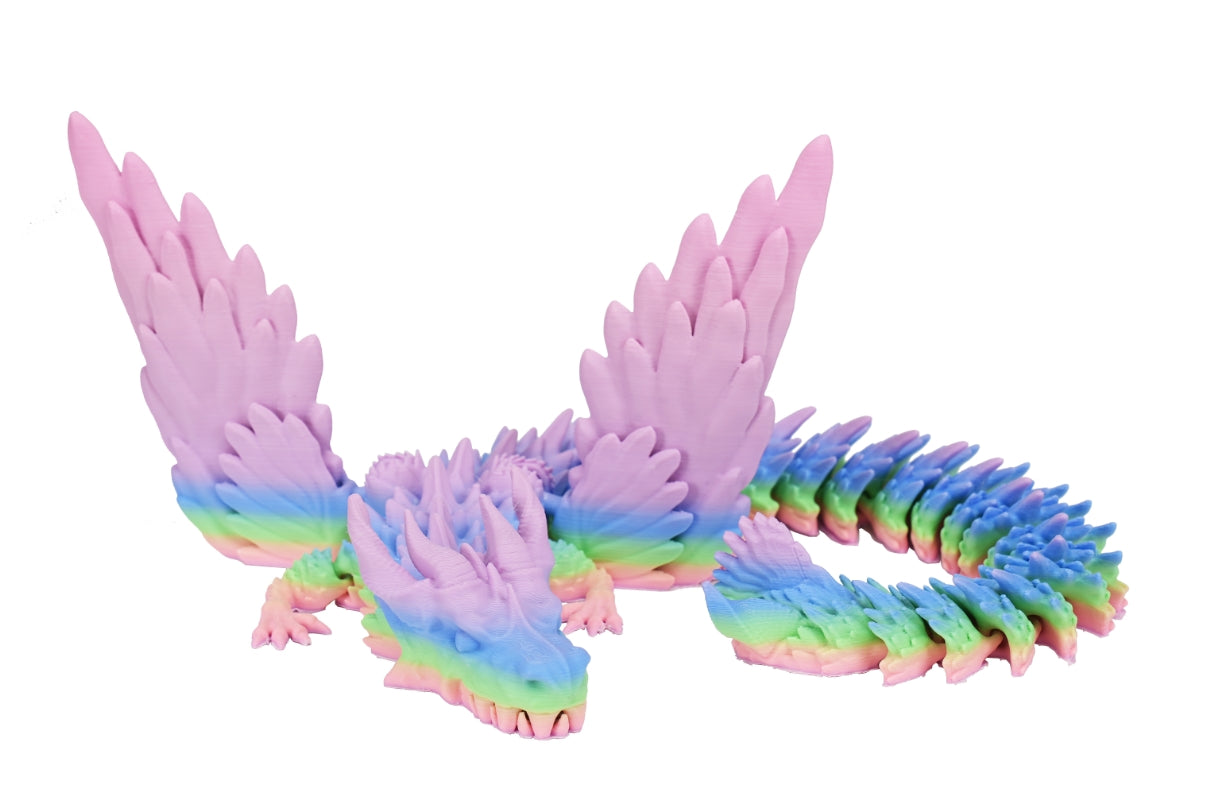
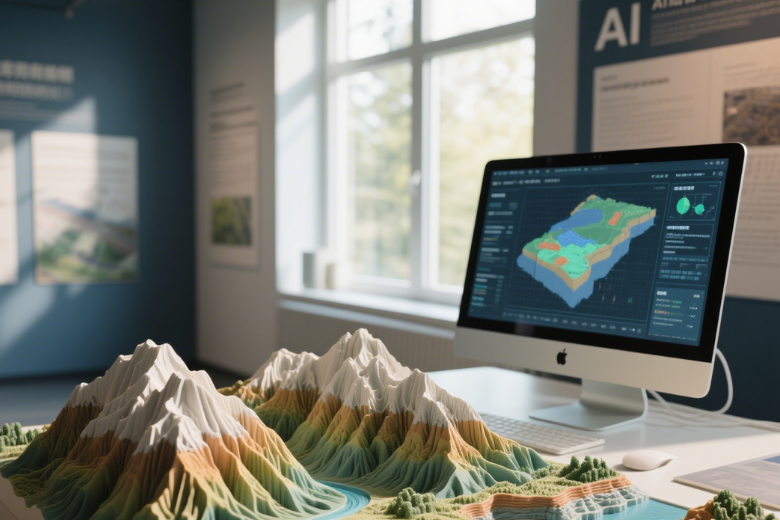
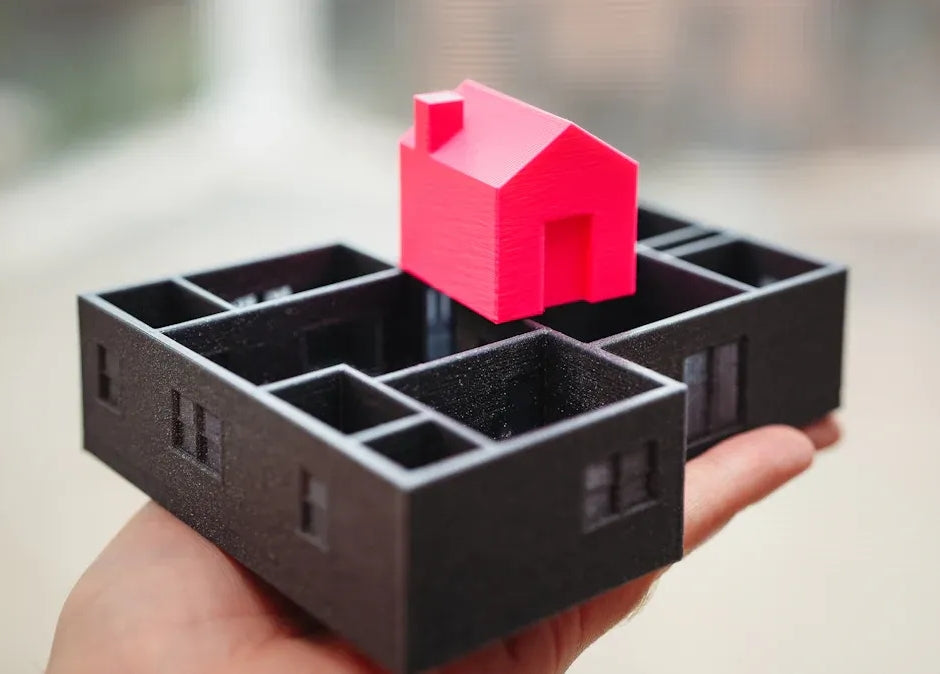
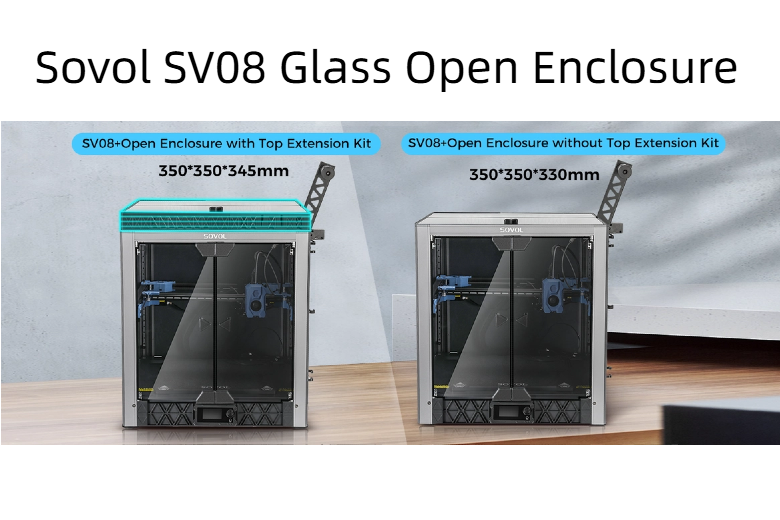
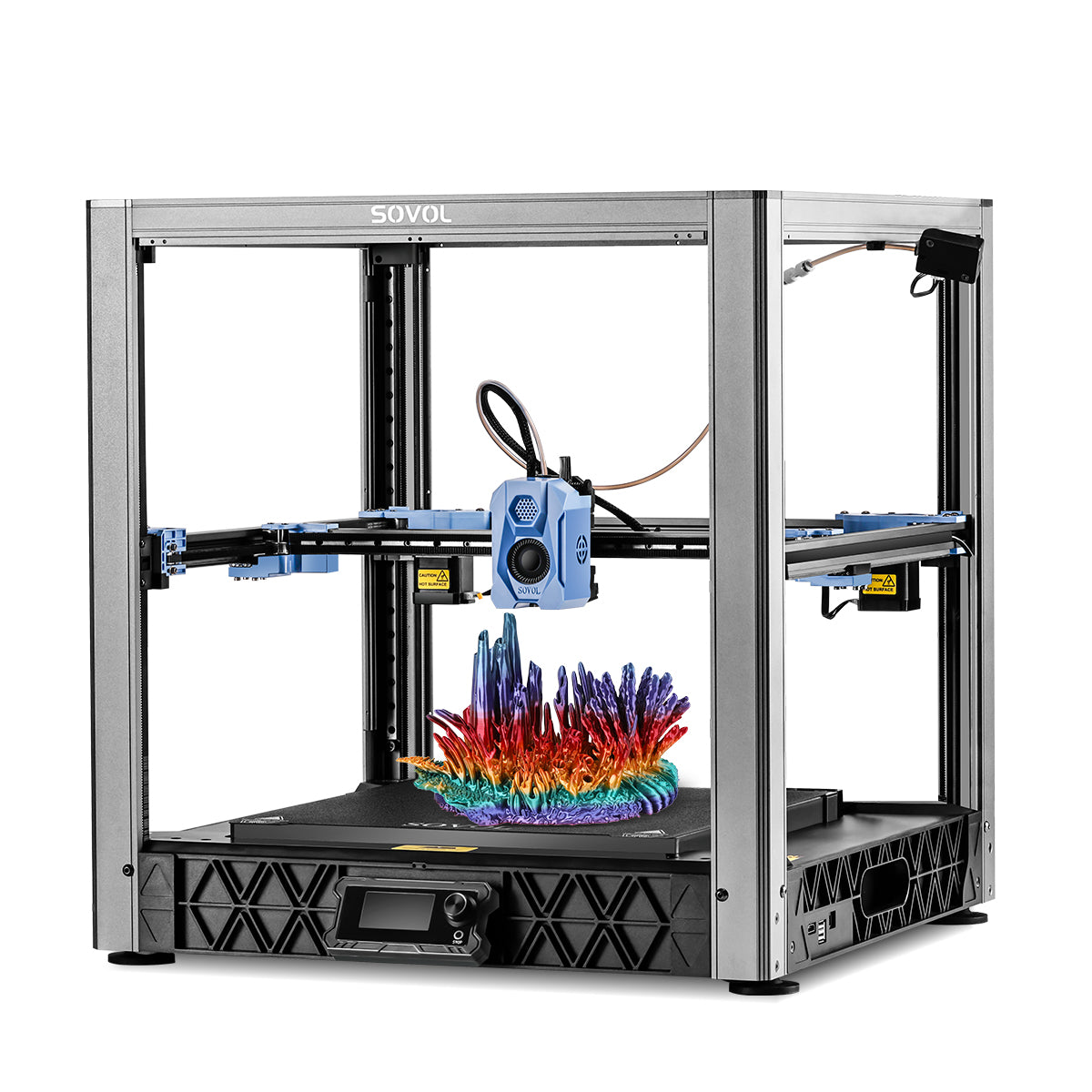
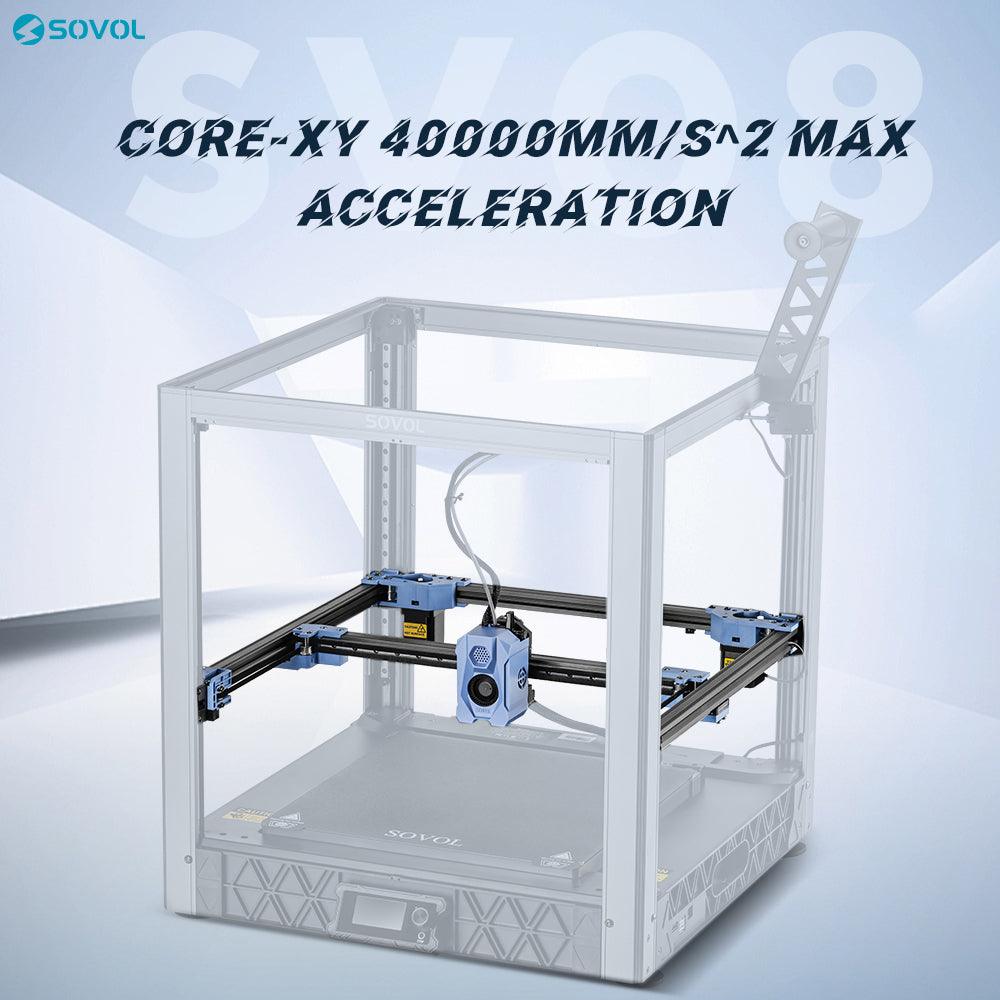
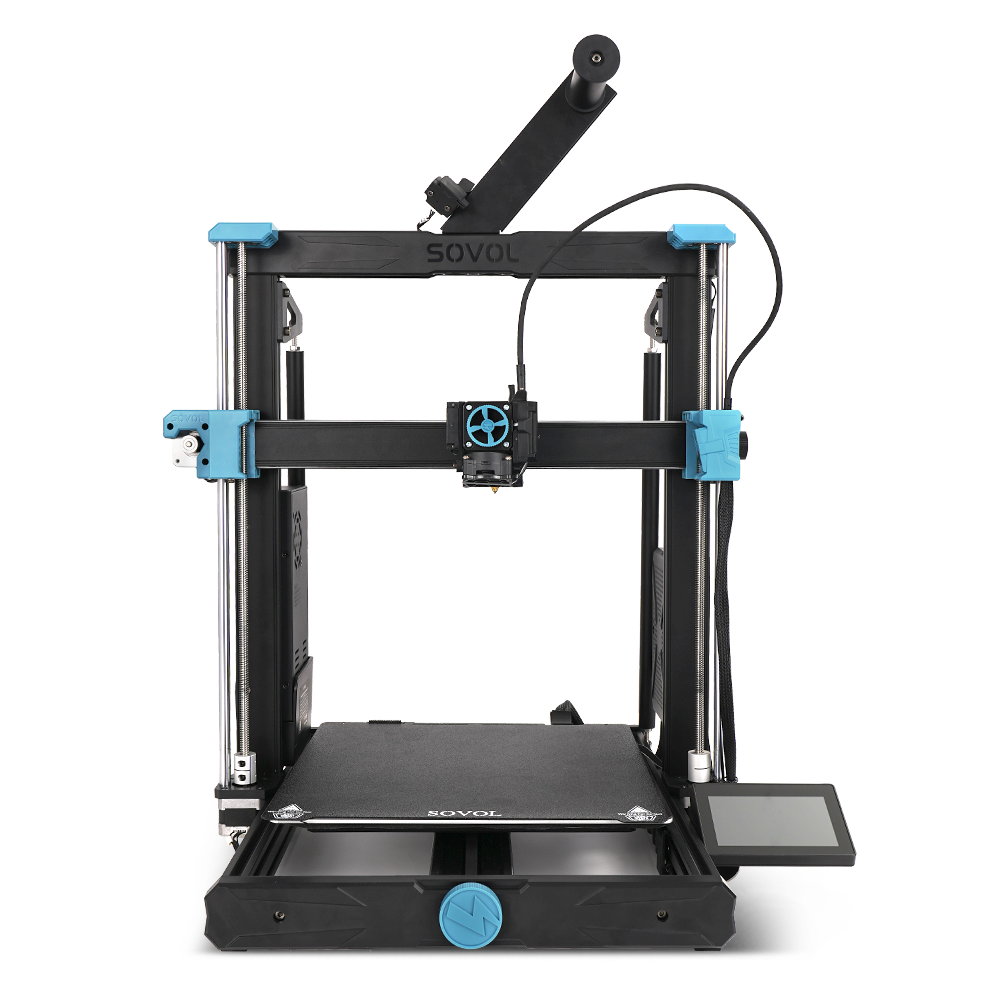
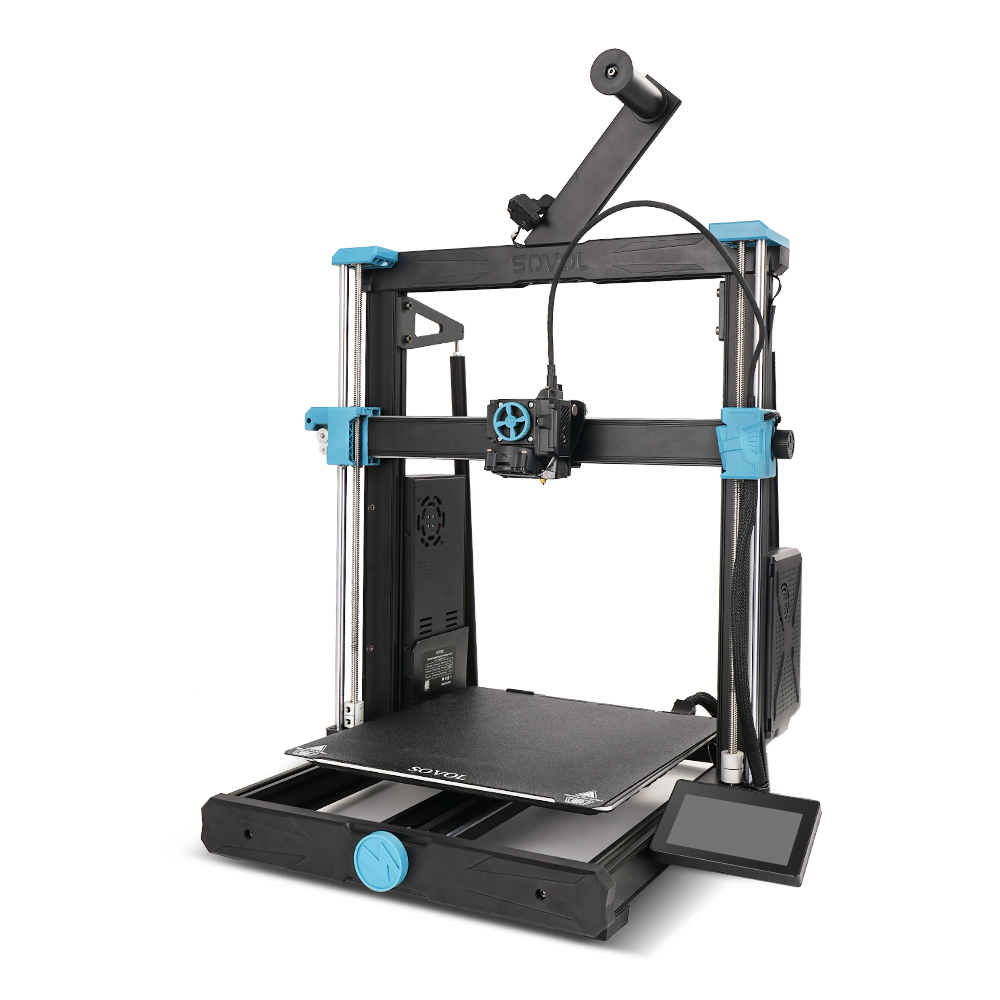
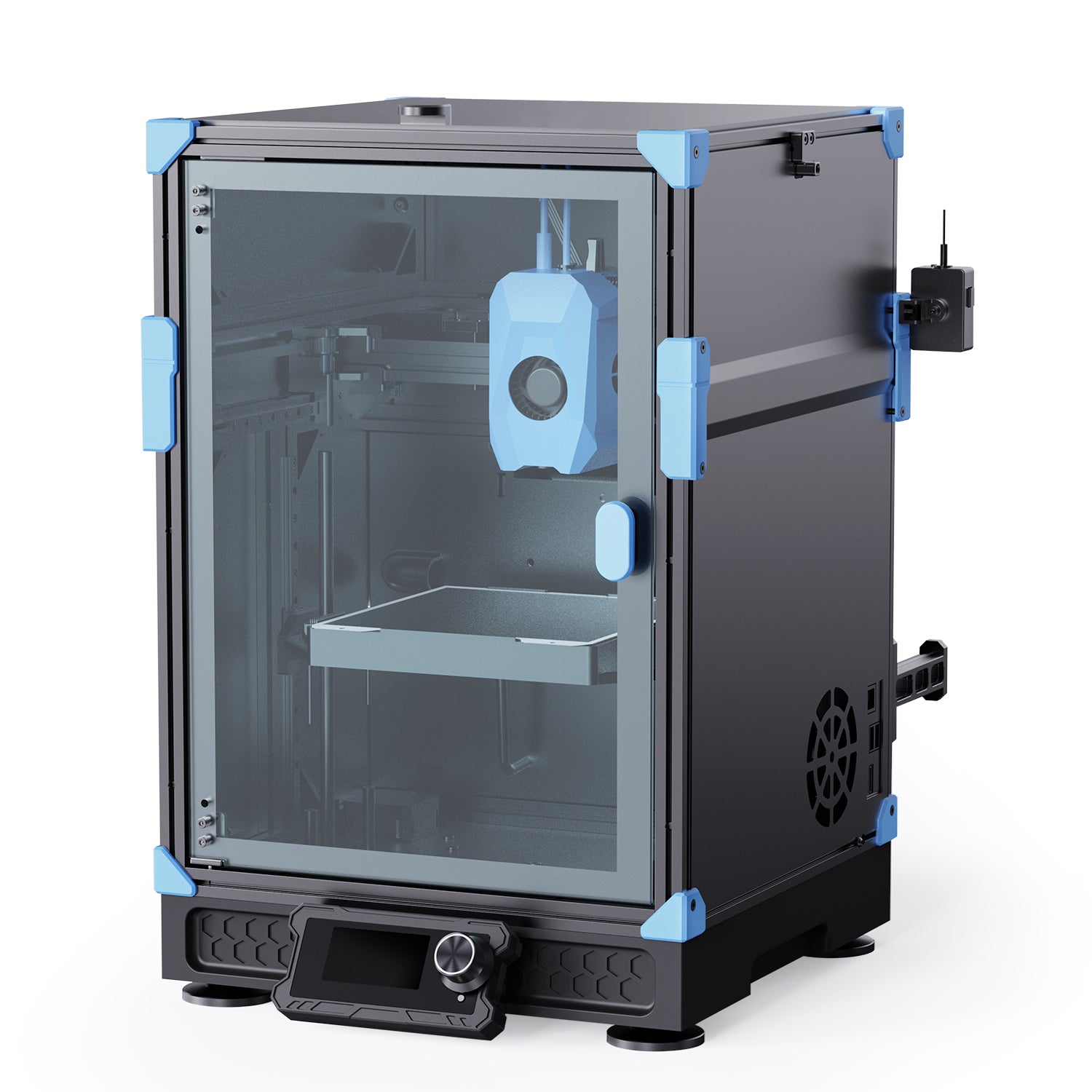
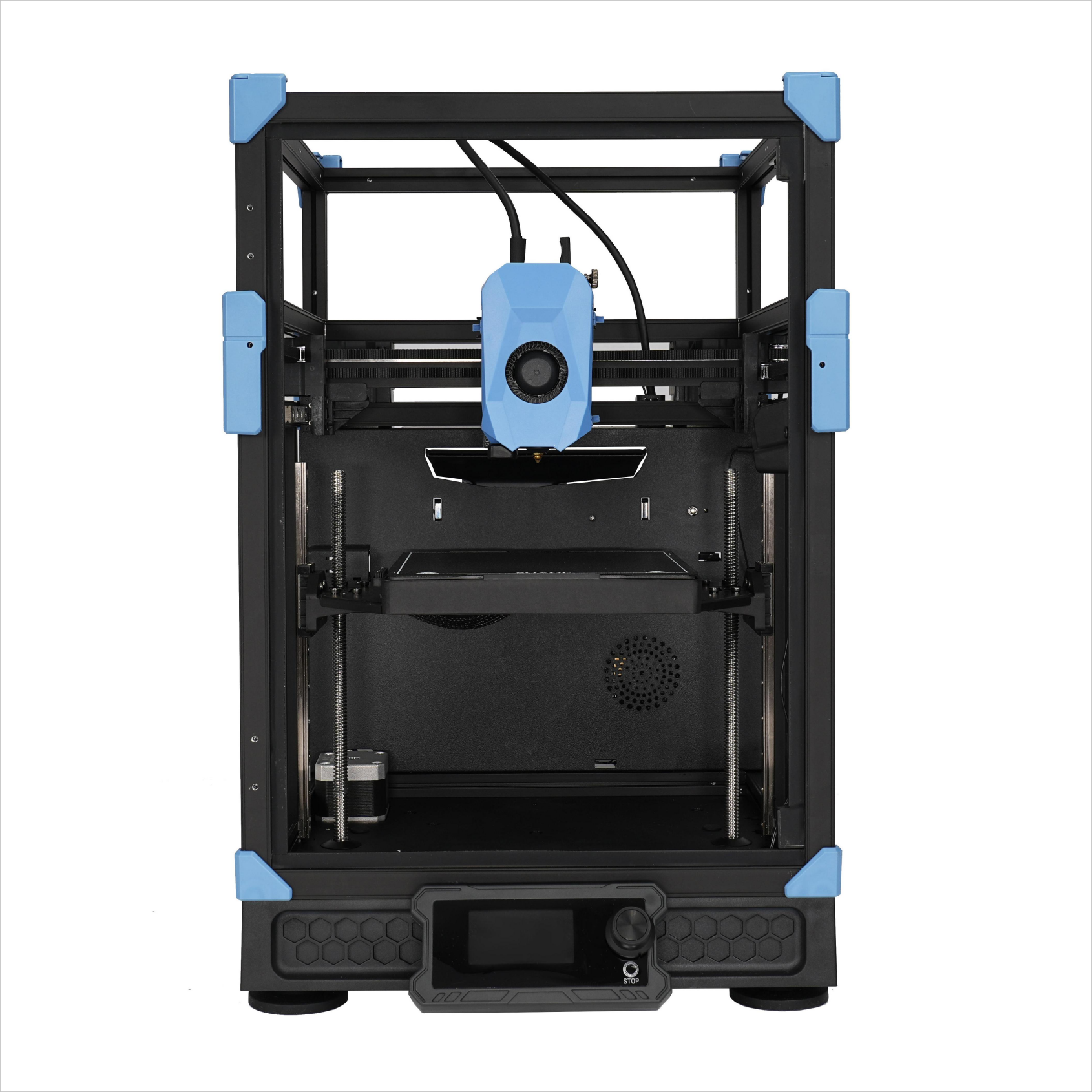
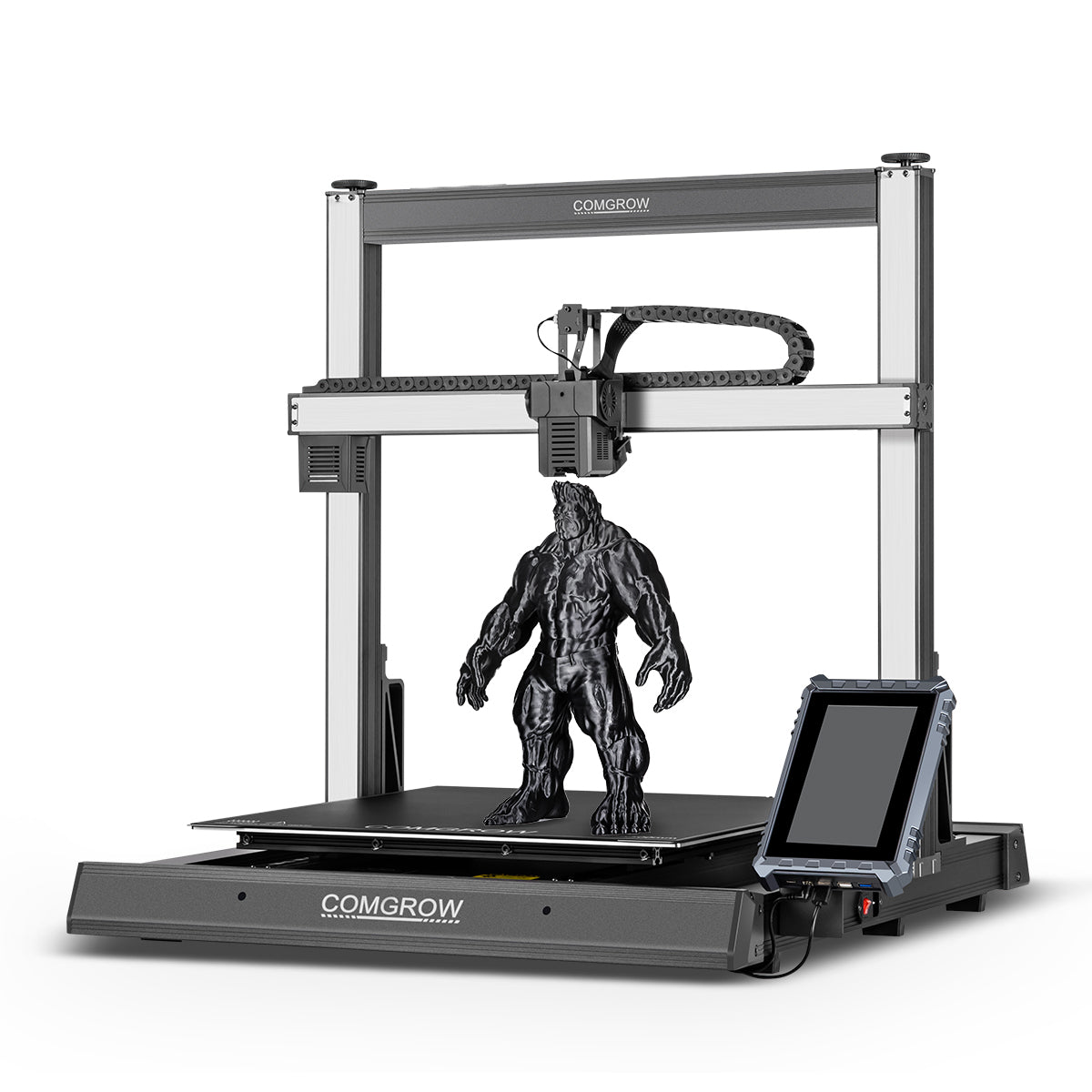
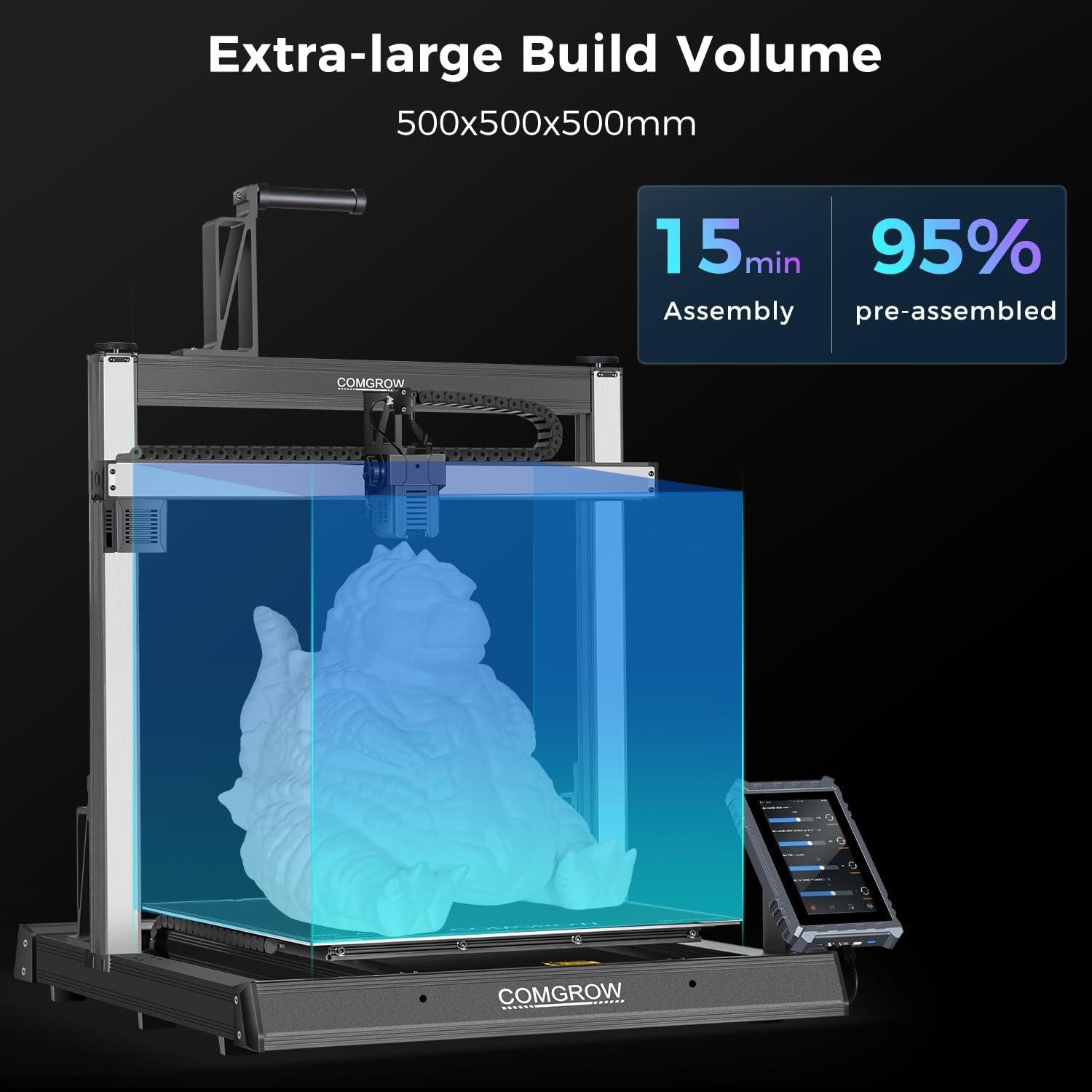
Hinterlasse einen Kommentar
Alle Kommentare werden vor der Veröffentlichung moderiert.
Diese Website ist durch hCaptcha geschützt und es gelten die allgemeinen Geschäftsbedingungen und Datenschutzbestimmungen von hCaptcha.